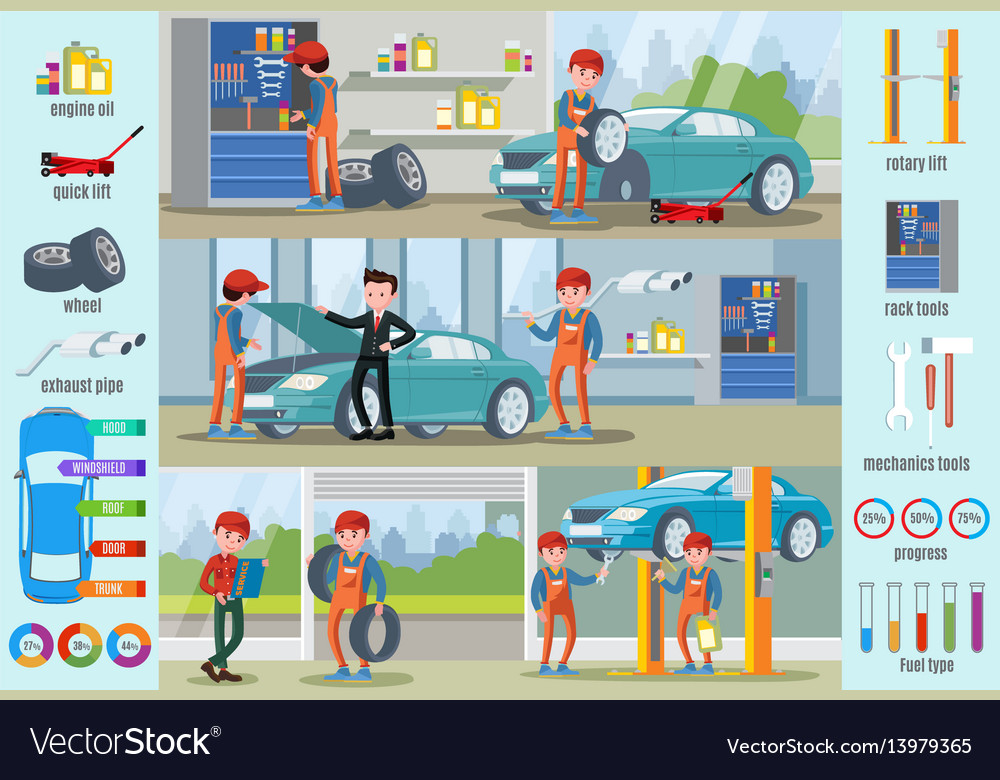Analyzing Your Automobile'S Warning Indicators: What They Really Communicate
Analyzing Your Automobile'S Warning Indicators: What They Really Communicate
Blog Article
https://www.azfamily.com/2022/07/25/your-side-podcast-reason-spam-texts-are-increasing/ -Hartley Corbett
When you lag the wheel, those radiant caution lights on your control panel can be a little bit bewildering. Do you know what they're attempting to tell you concerning your cars and truck's health and wellness? Recognizing the value of these lights is important for your safety and security and the durability of your vehicle. So, the following time one of those lights pops up, wouldn't you wish to understand its message precisely and take the necessary steps to resolve it?
Common Caution Lighting and Interpretations
Identify typical warning lights in your car and understand their meanings to guarantee safe driving.
The most regular warning lights include the check engine light, which signifies problems with the engine or discharges system. If this light begins, it's crucial to have your vehicle examined promptly.
The oil pressure cautioning light suggests reduced oil pressure, needing immediate attention to stop engine damages.
A blinking battery light may suggest a damaged billing system, potentially leaving you stranded otherwise addressed.
The tire stress surveillance system (TPMS) light signals you to low tire pressure, influencing lorry stability and gas performance. Overlooking click to read might bring about dangerous driving problems.
The ABS light suggests a trouble with the anti-lock stopping system, endangering your ability to stop quickly in emergencies.
Finally, the coolant temperature level cautioning light warns of engine getting too hot, which can result in serious damages if not solved quickly.
Understanding these typical caution lights will certainly help you resolve problems immediately and preserve safe driving conditions.
Significance of Prompt Focus
Understanding the usual warning lights in your auto is just the primary step; the significance of without delay attending to these warnings can not be highlighted sufficient to guarantee your safety when driving.
When https://marcolgbvq.blogscribble.com/31337826/observe-the-significant-fads-that-are-changing-the-landscape-of-auto-repair-particularly-the-innovations-in-electrical-automobiles-and-the-application-of-artificial-intelligence brightens on your dashboard, it's your cars and truck's means of connecting a possible problem that needs interest. Ignoring these warnings can bring about extra serious problems later on, endangering your safety and potentially costing you more out of commission.
Prompt attention to warning lights can protect against break downs and accidents. For example, a flashing check engine light could show a misfire that, if left unattended, can cause damages to the catalytic converter. Resolving this immediately can save you from a costly fixing.
In a similar way, a brake system cautioning light may indicate low brake liquid or used brake pads, vital components for your security when driving.
DIY Troubleshooting Tips
If you observe a warning light on your dashboard, there are a couple of do it yourself fixing ideas you can try prior to seeking professional aid.
The primary step is to consult your vehicle's handbook to comprehend what the certain caution light shows. Occasionally the issue can be as straightforward as a loosened gas cap causing the check engine light. Tightening the gas cap might resolve the trouble.
https://electric-brakes17384.ambien-blog.com/37581703/an-important-overview-to-the-essential-tools-in-every-vehicle-service-center-introducing-the-secrets-behind-reliable-vehicle-maintenance is a reduced battery, which can cause various cautioning lights. Inspecting the battery connections for deterioration and ensuring they're secure may take care of the trouble.
If a warning light continues, you can try resetting it by disconnecting the car's battery for a couple of minutes and after that reconnecting it. In addition, checking your vehicle's fluid degrees, such as oil, coolant, and brake fluid, can aid fix alerting lights related to these systems.
Final thought
In conclusion, understanding your vehicle's caution lights is important for keeping your automobile running efficiently and safely. By quickly addressing these informs and knowing what they suggest, you can avoid expensive repair work and prospective break downs.
Remember to consult your car's guidebook for particular information on each warning light and take action accordingly to make certain a trouble-free driving experience.
Keep notified, stay secure on the road!
